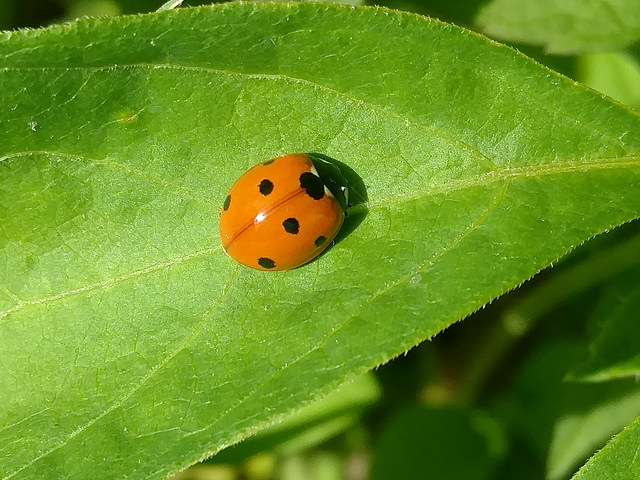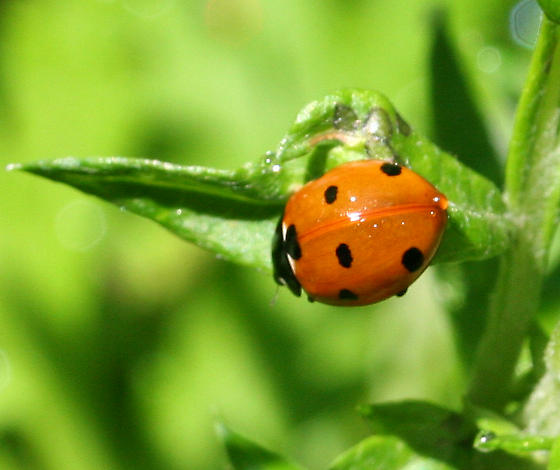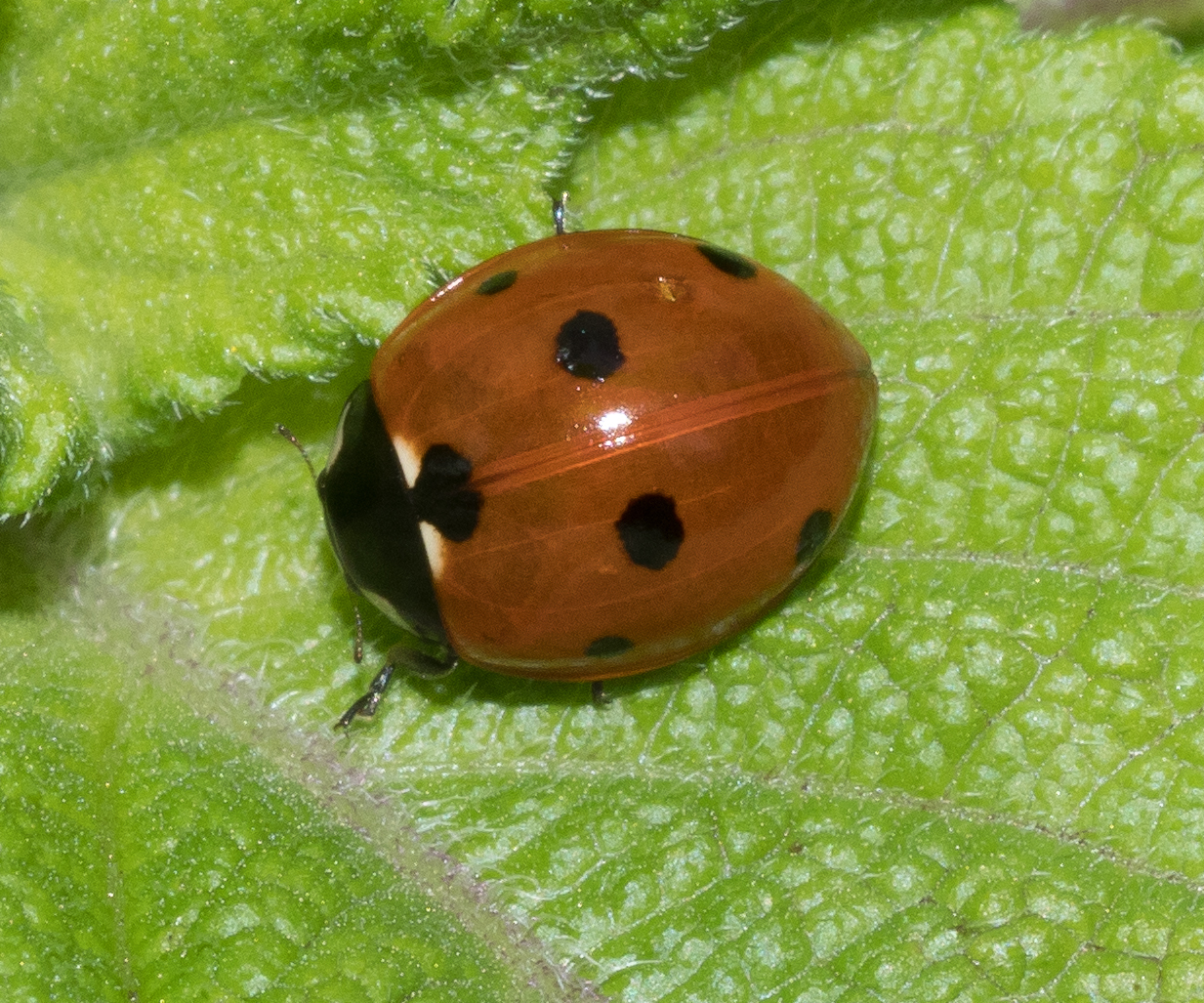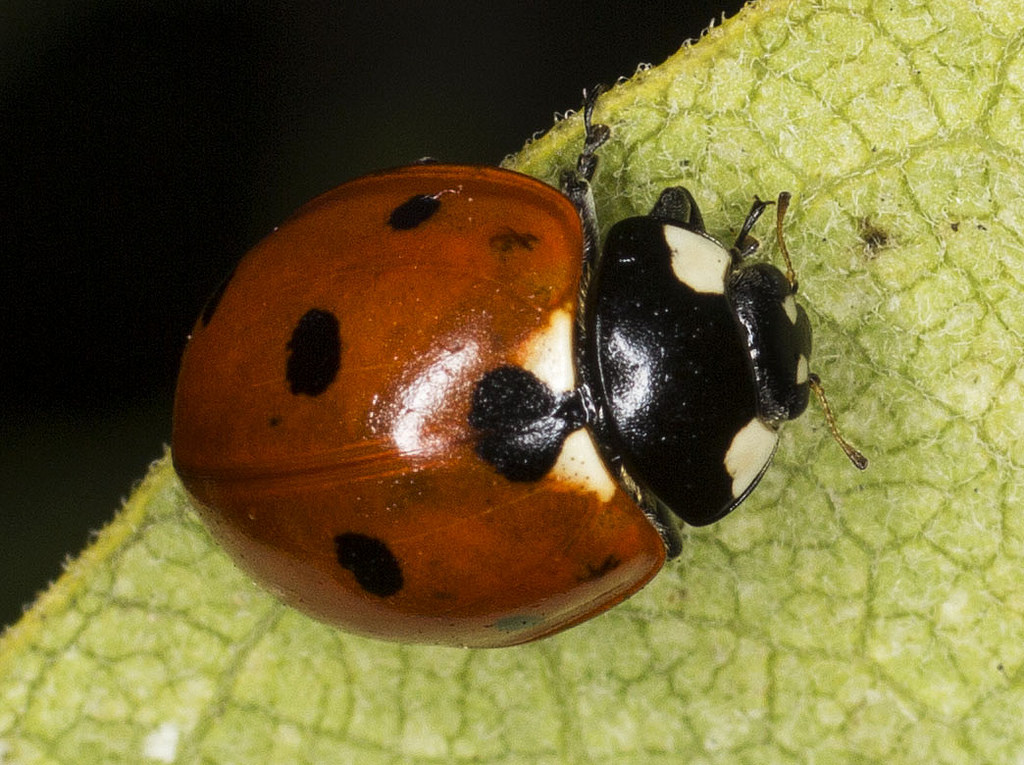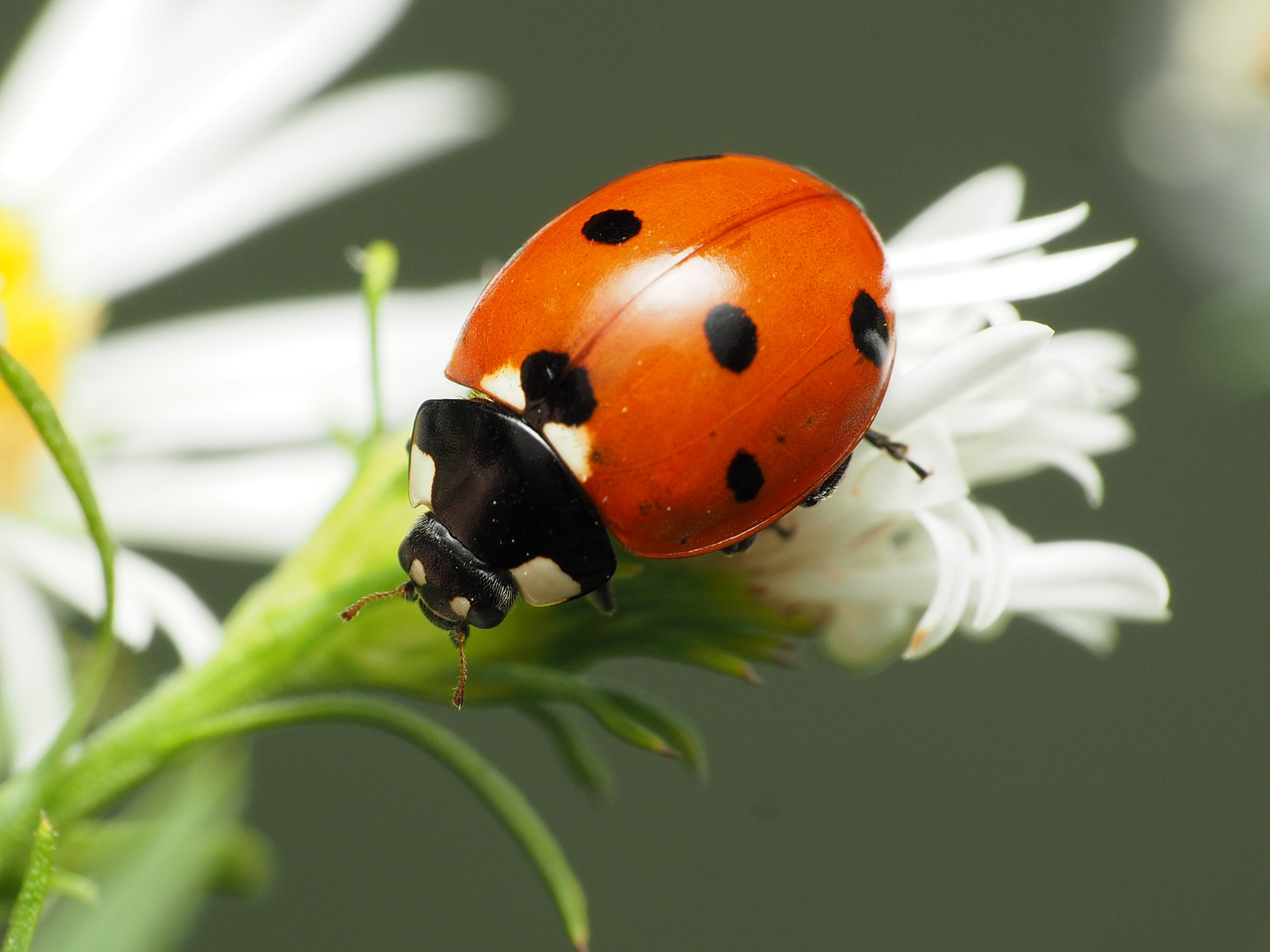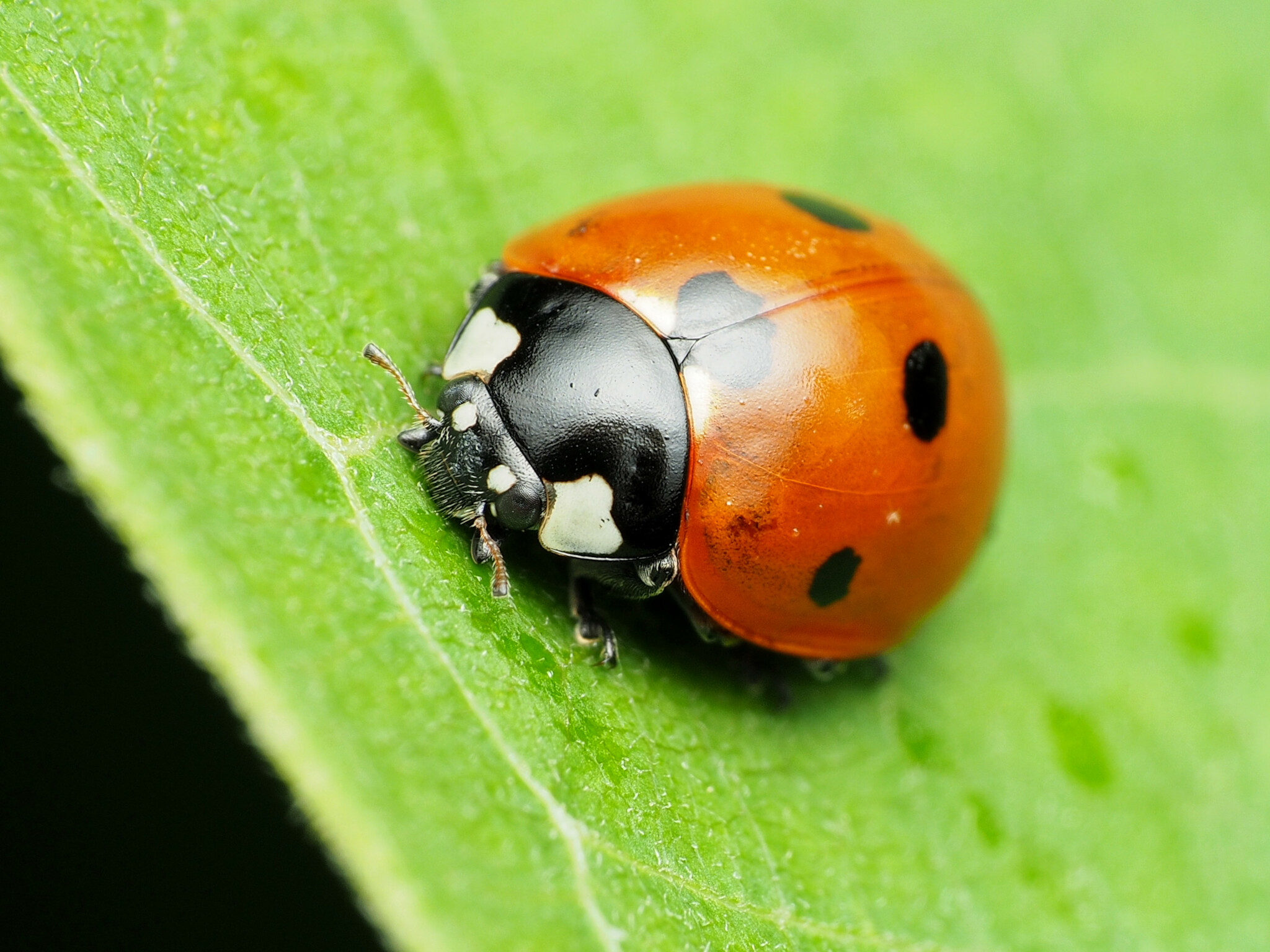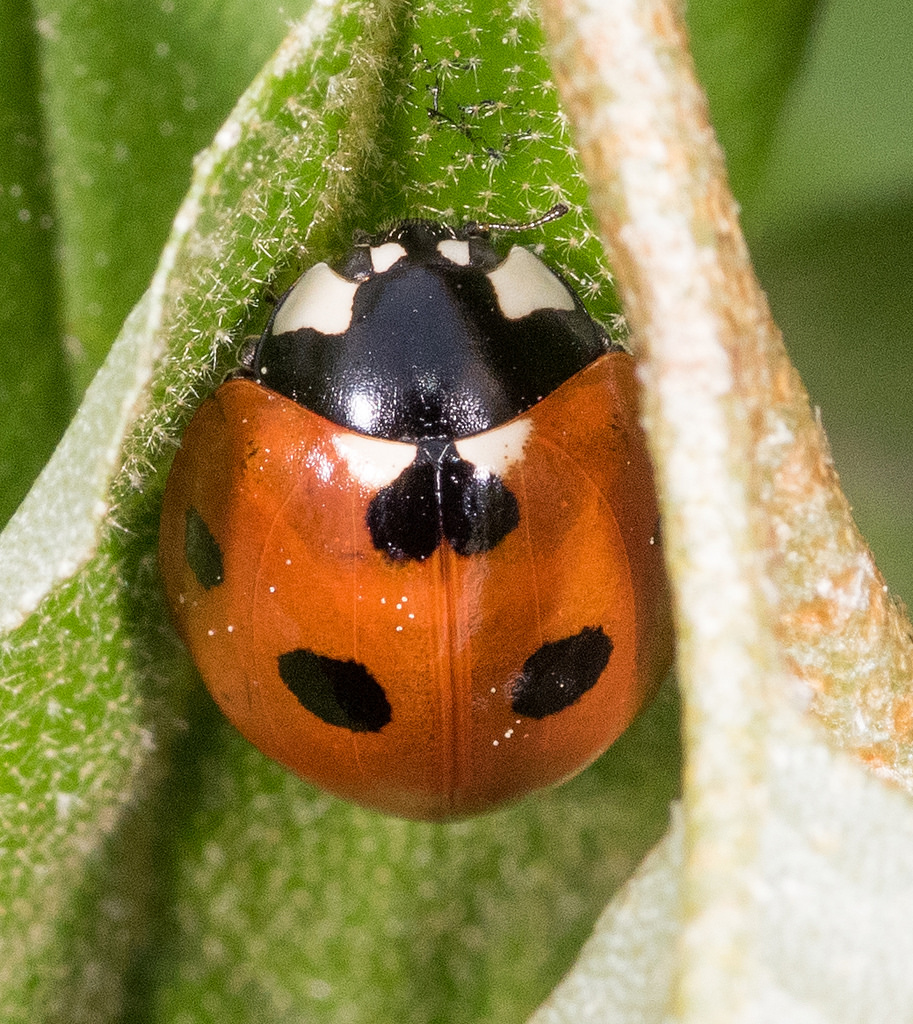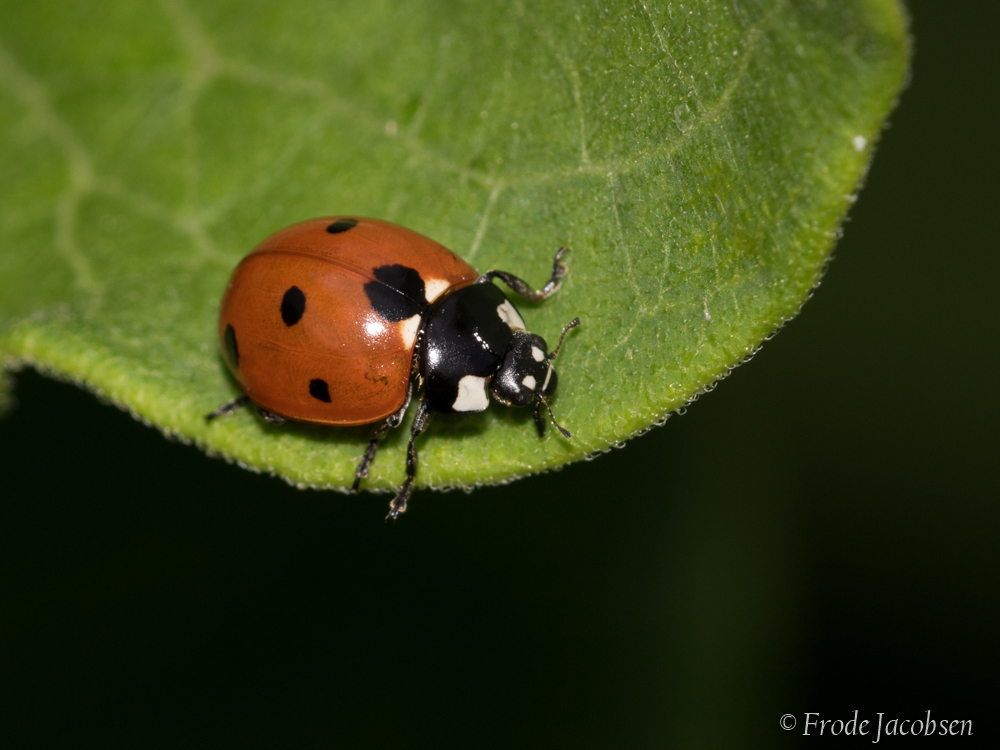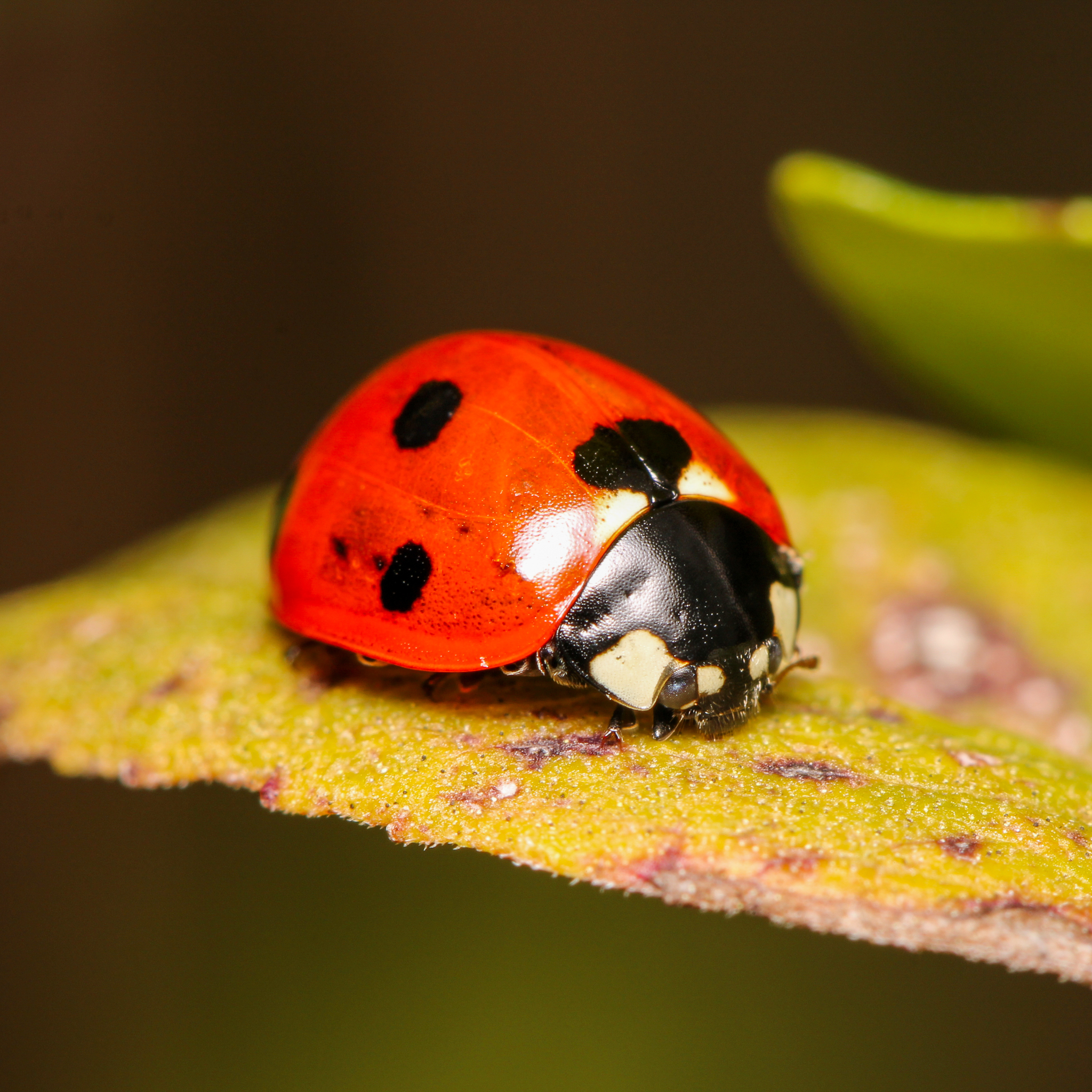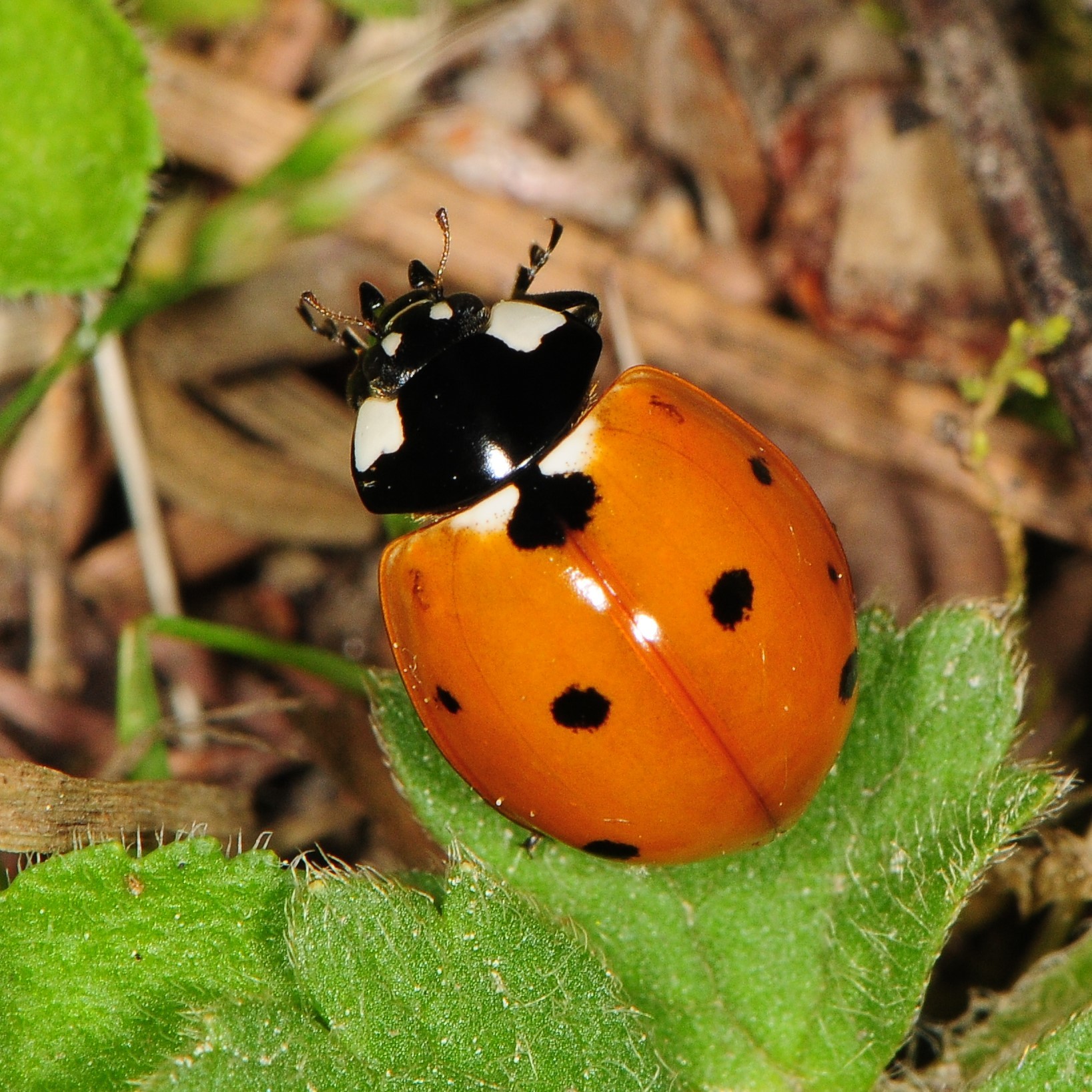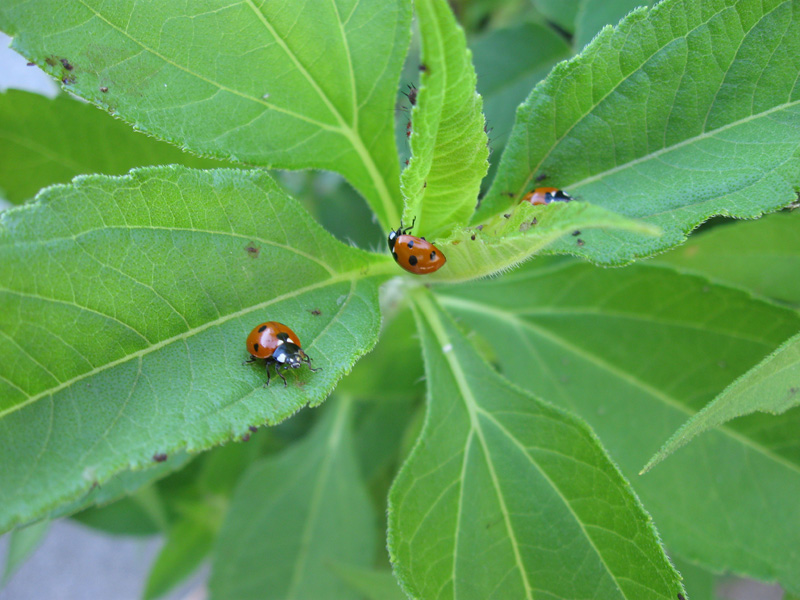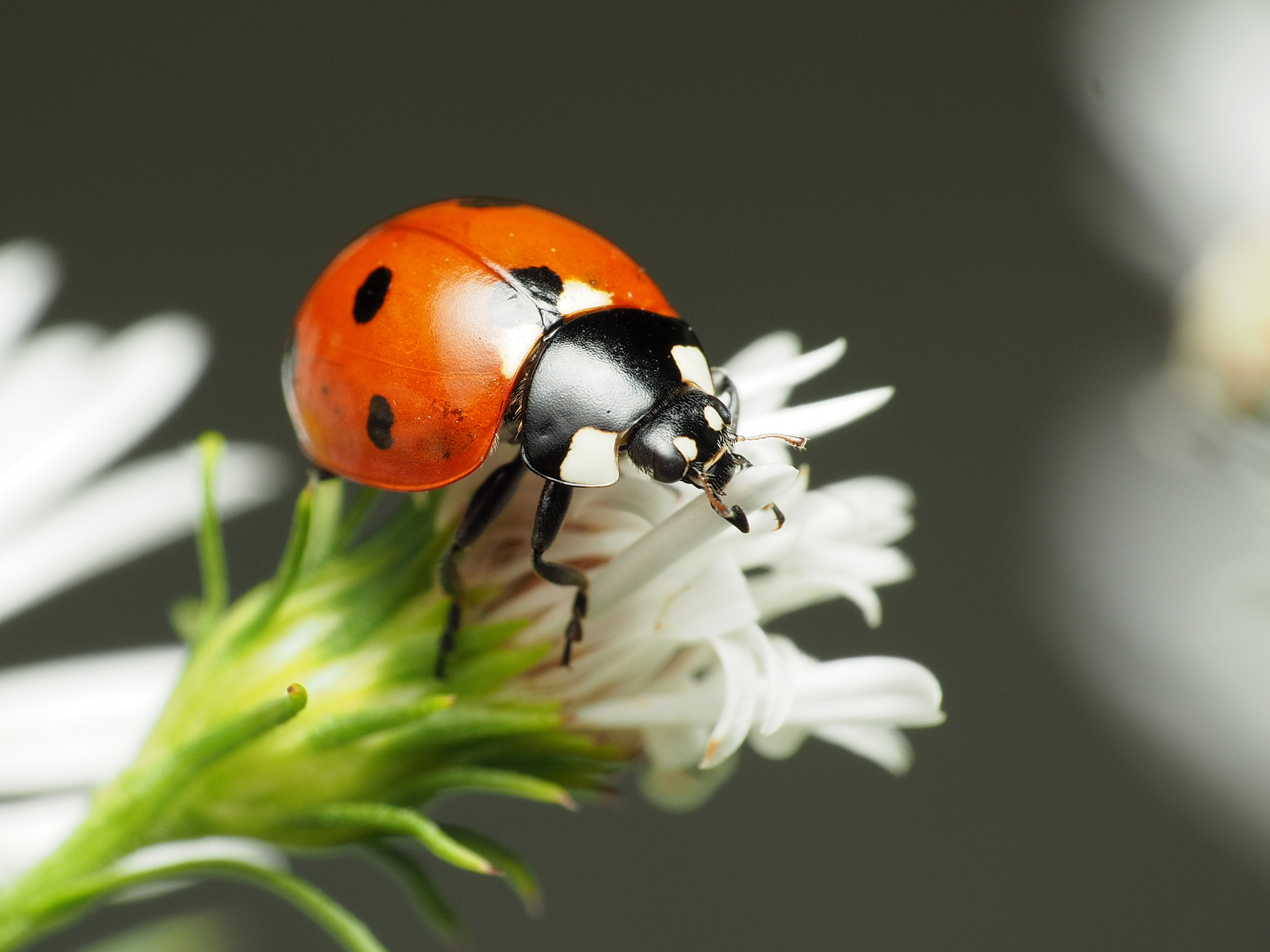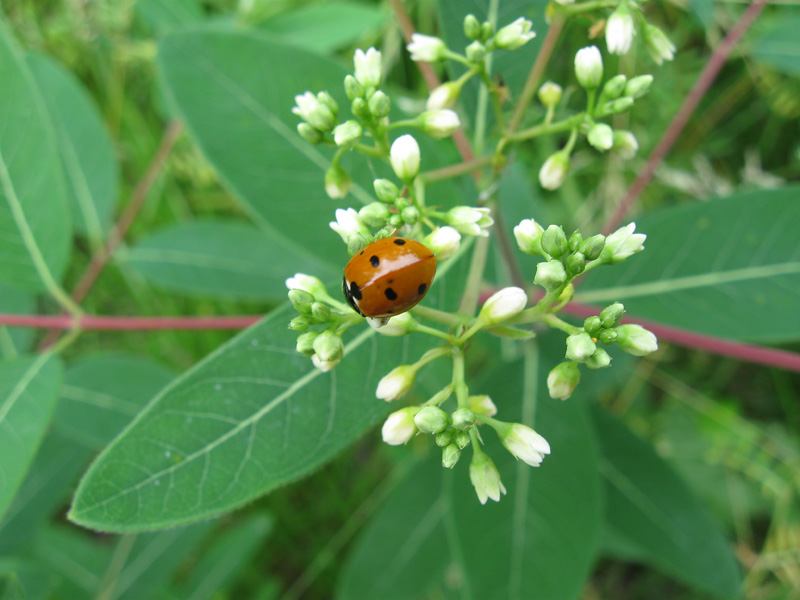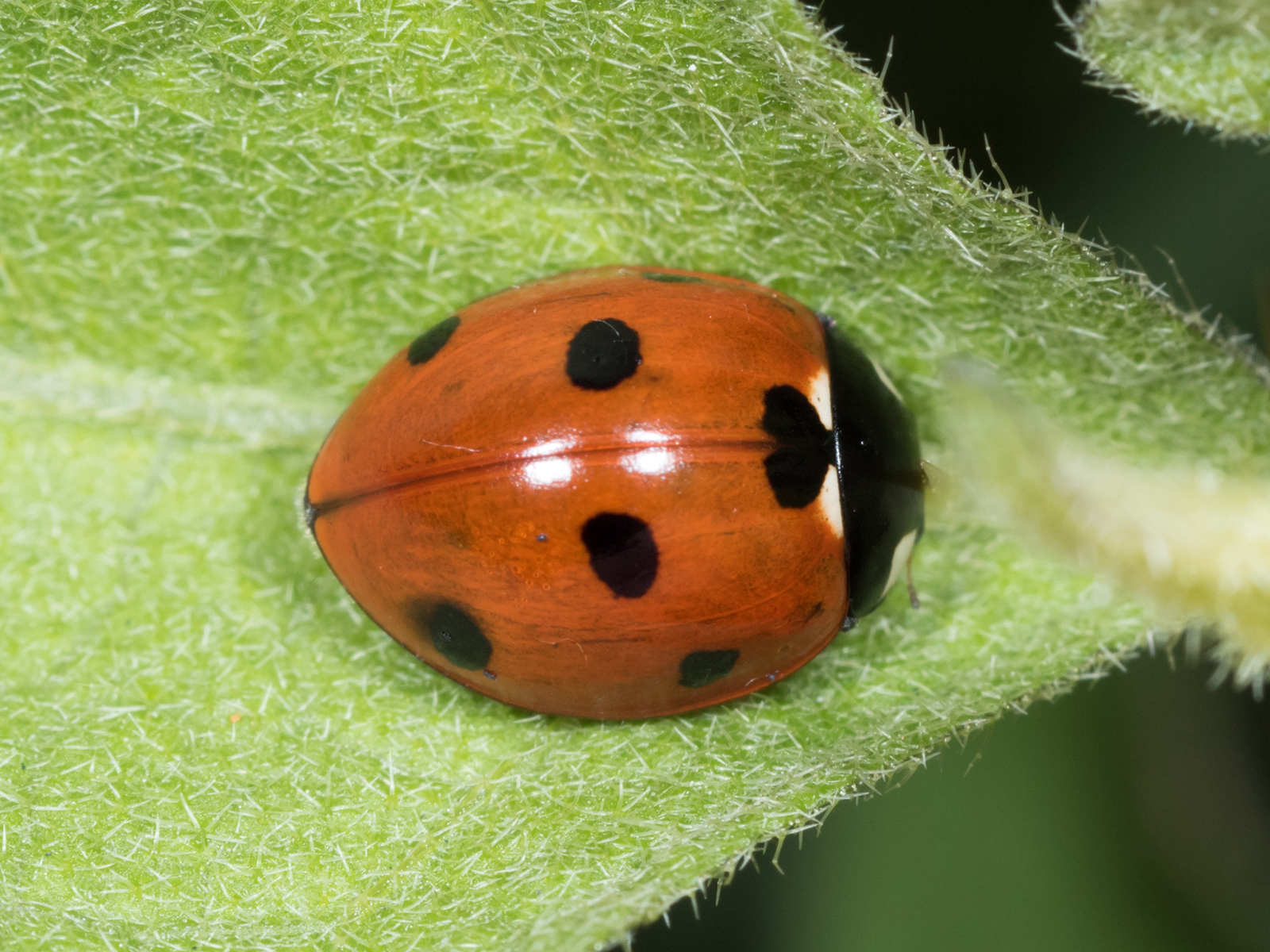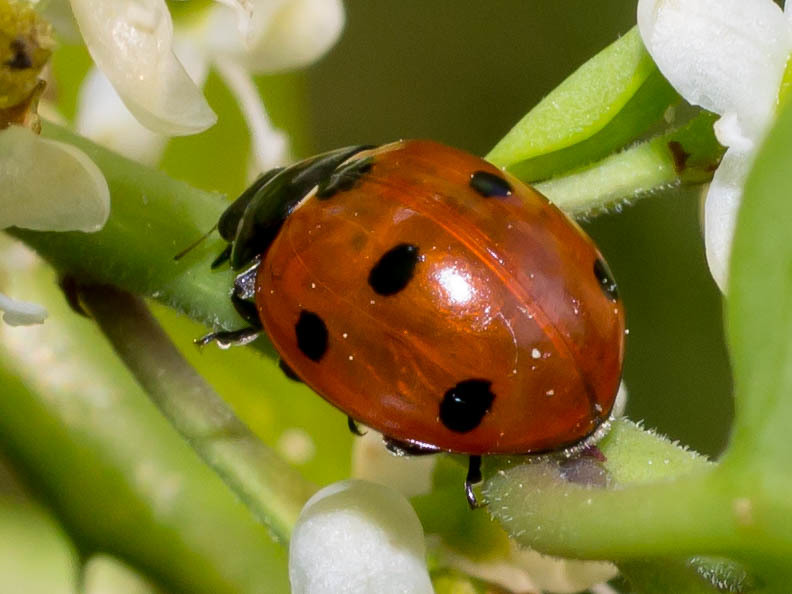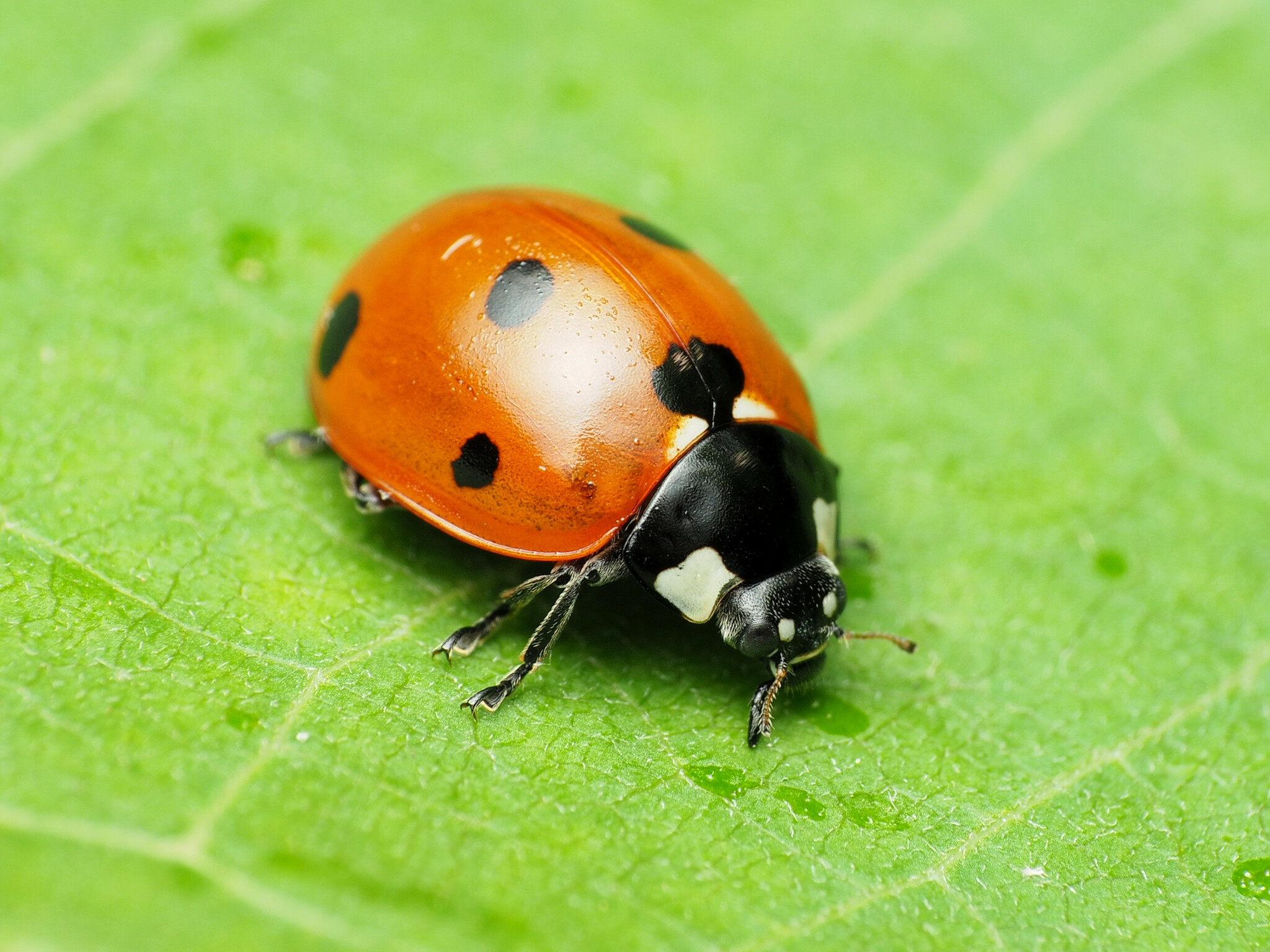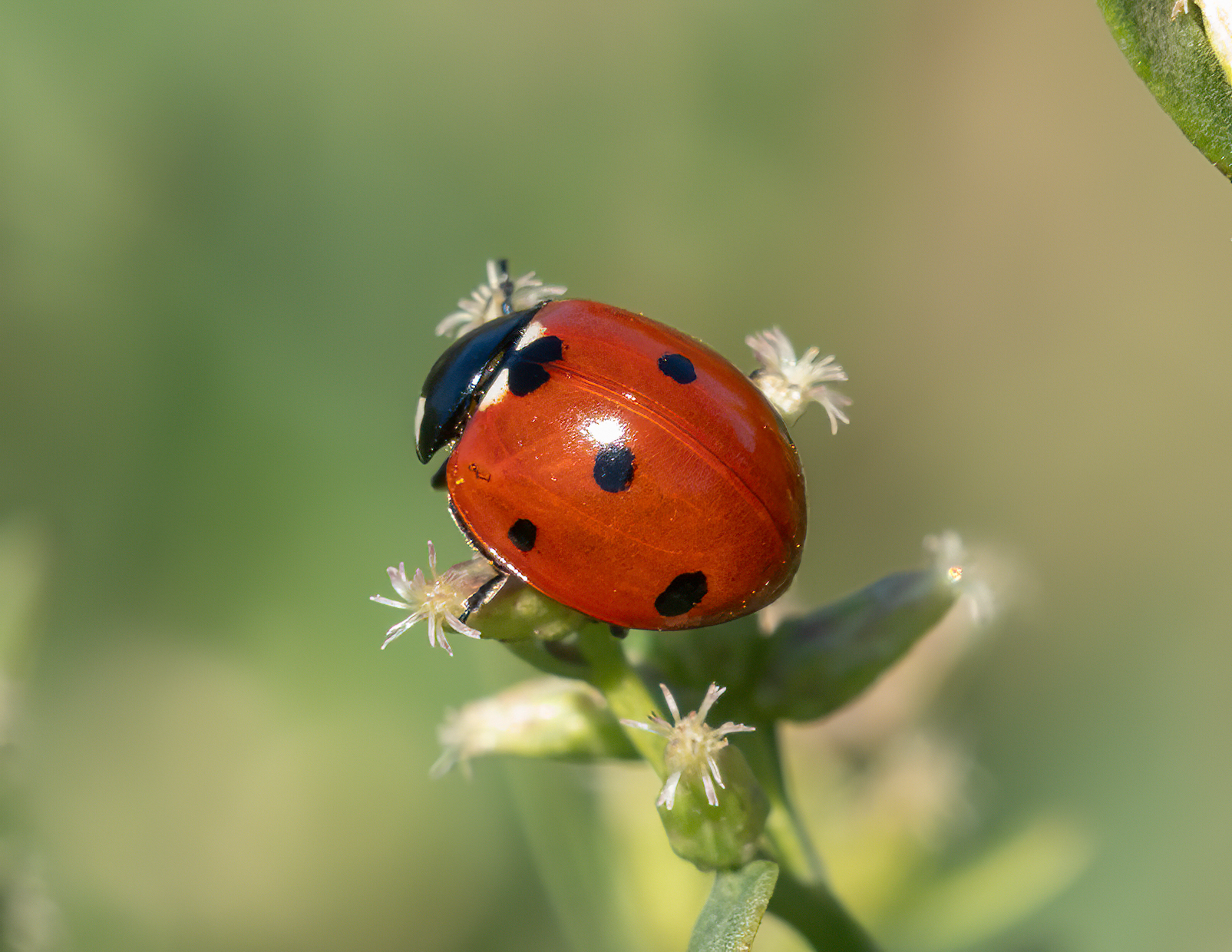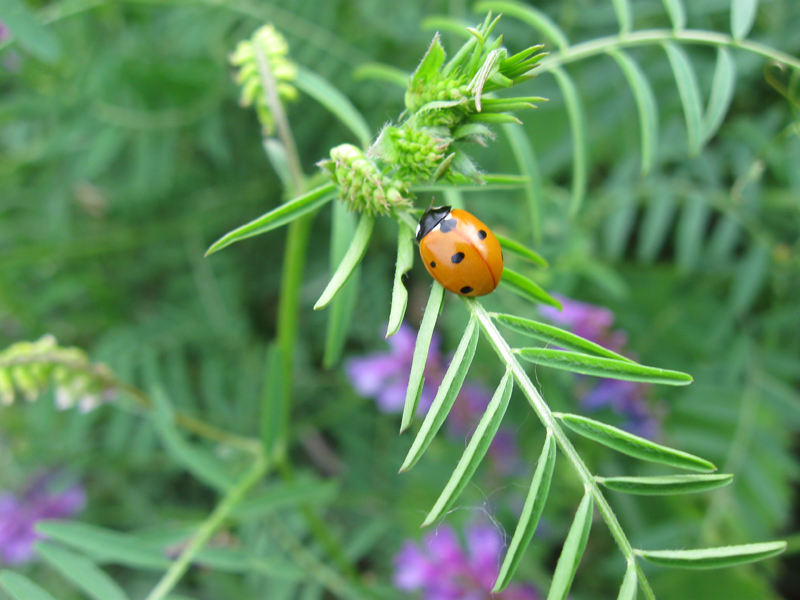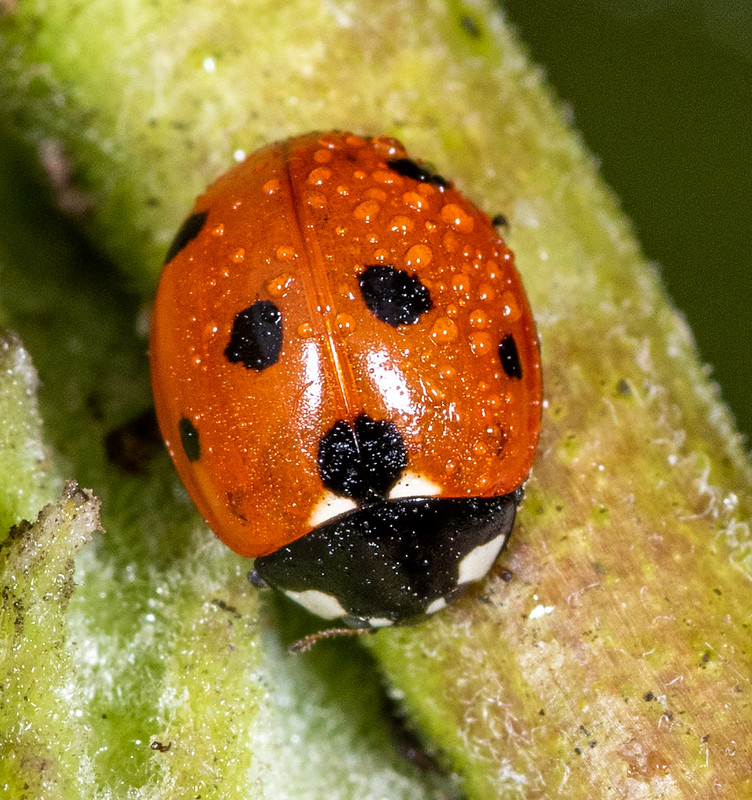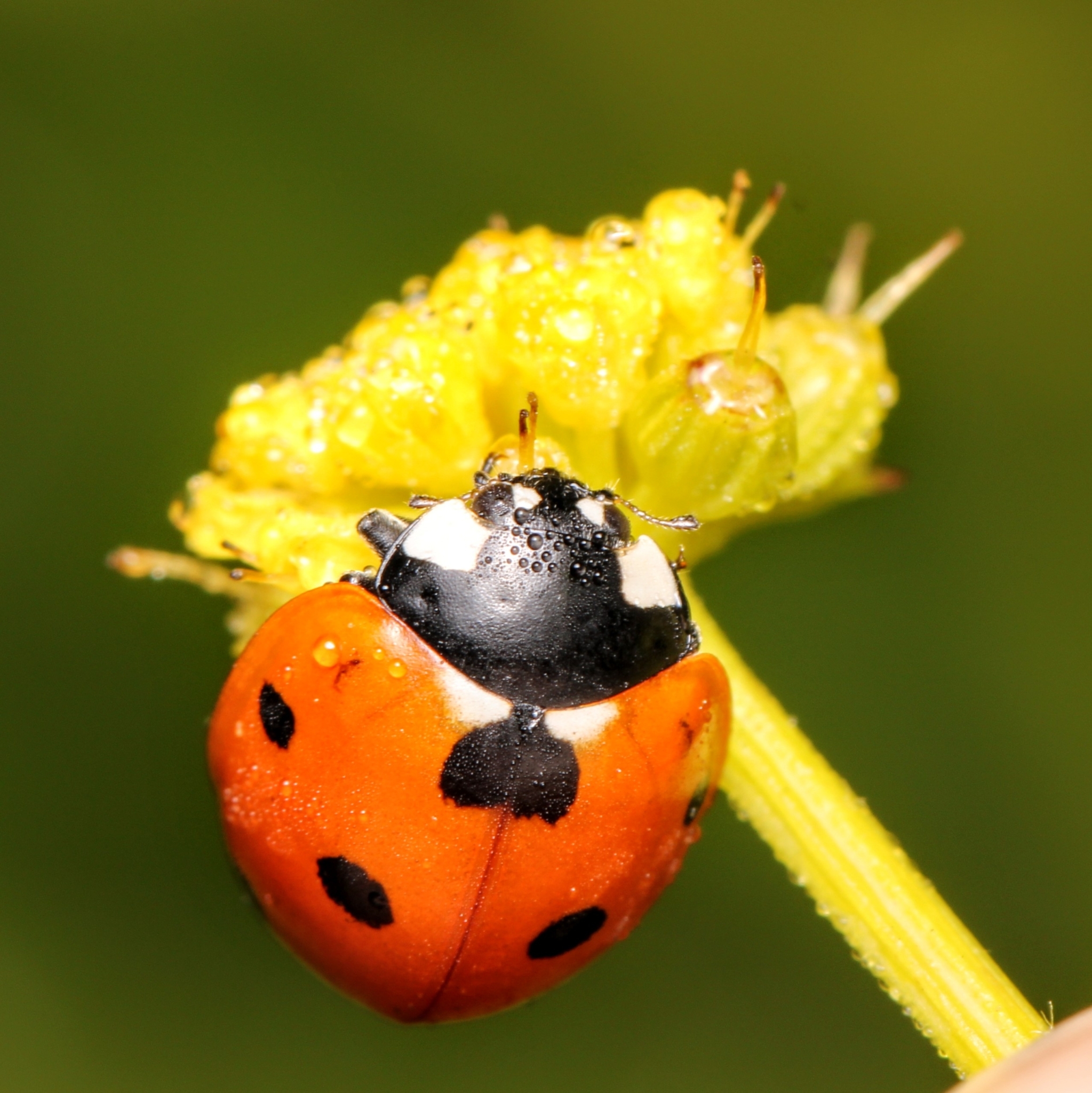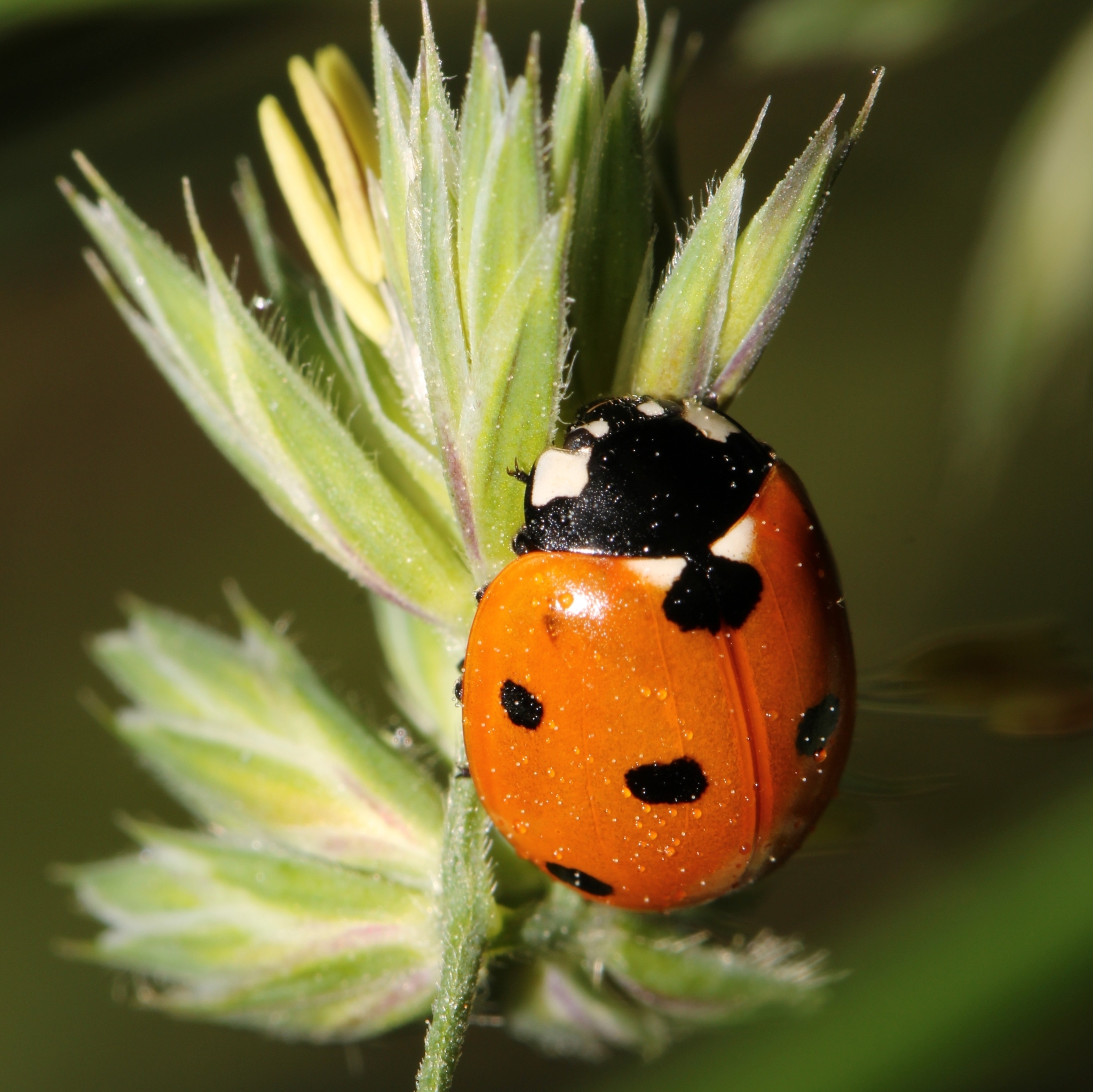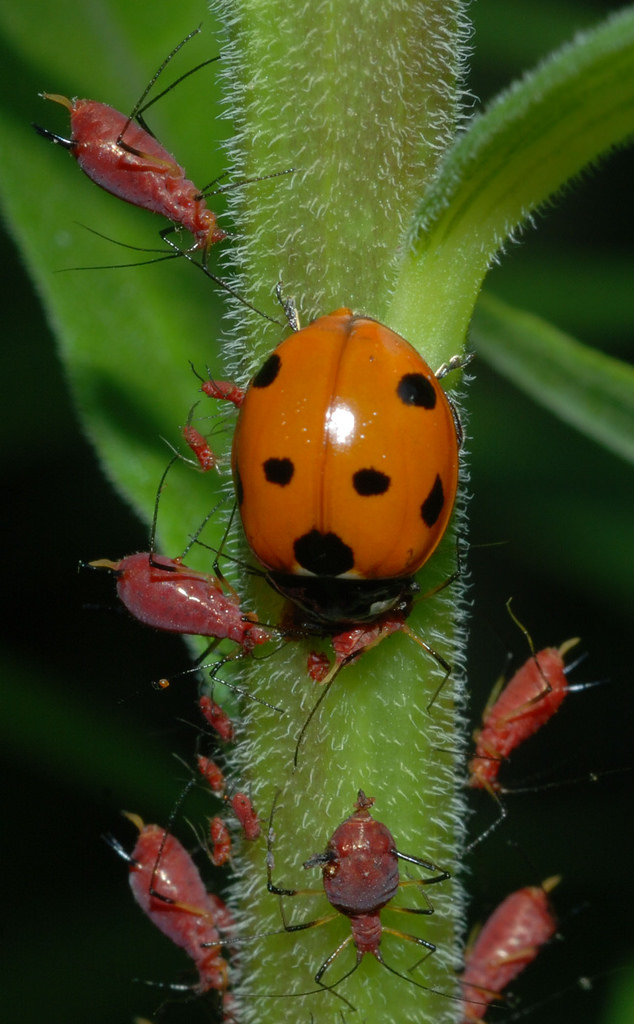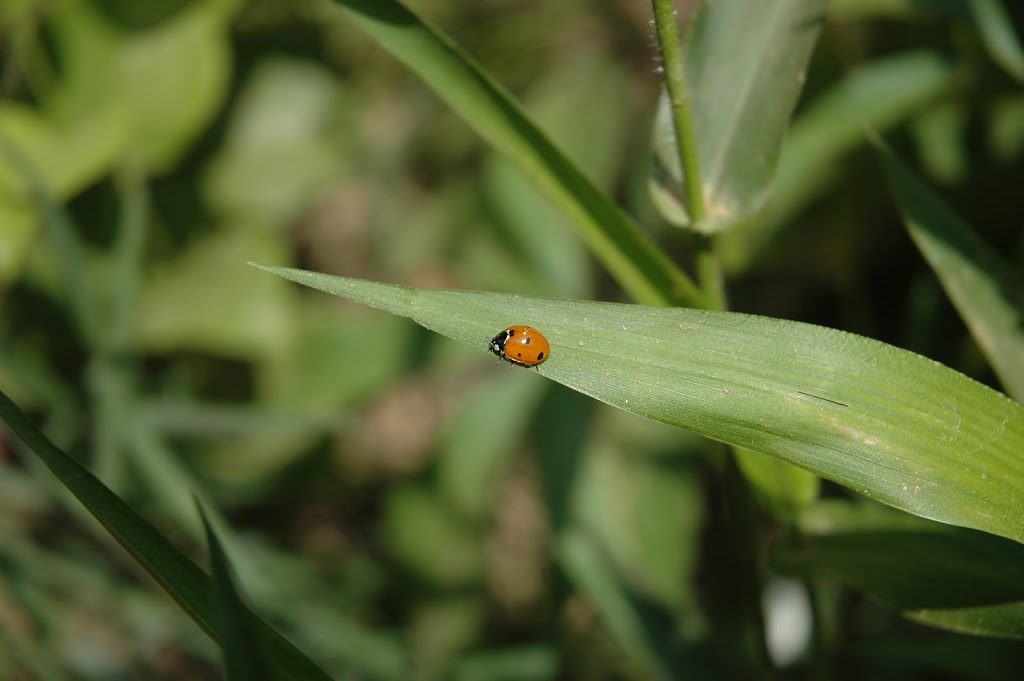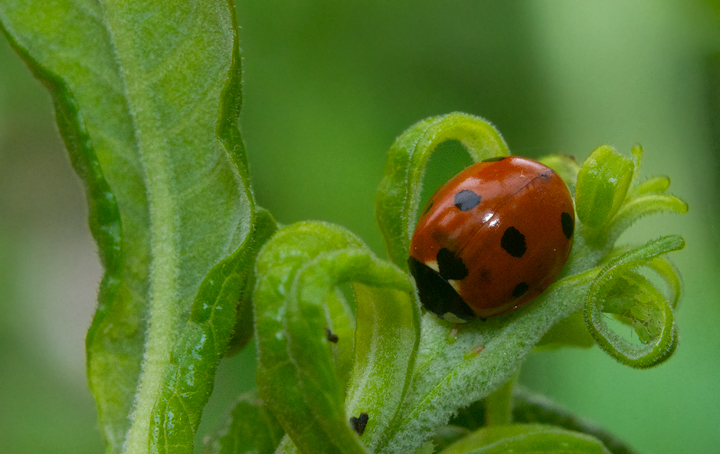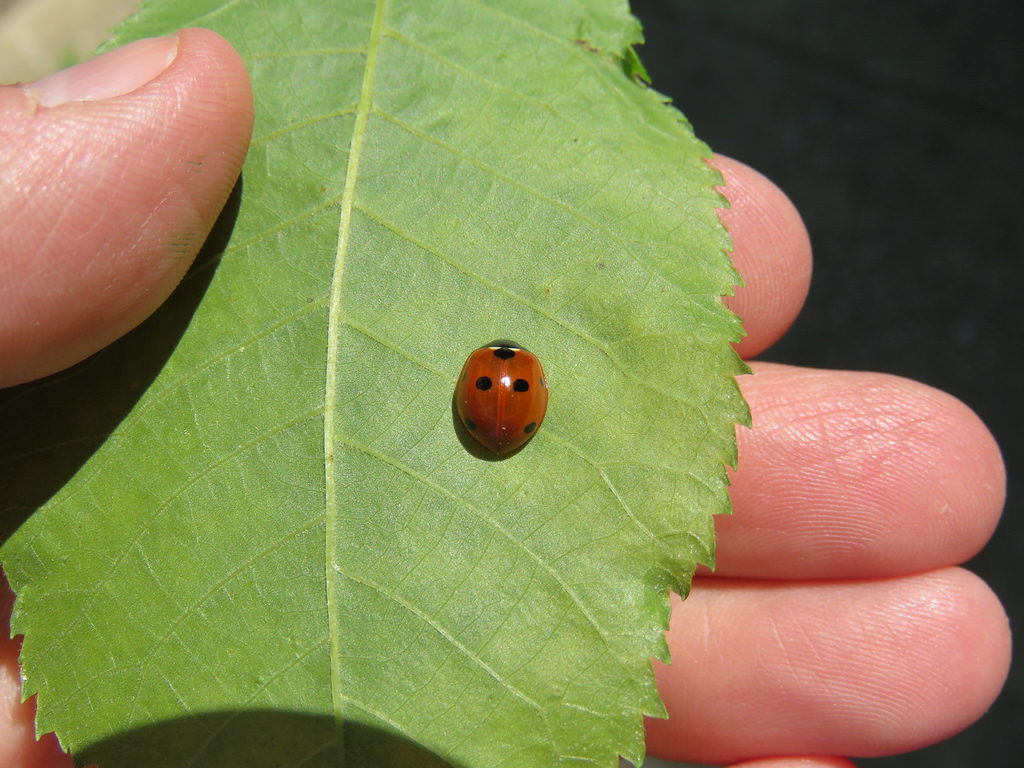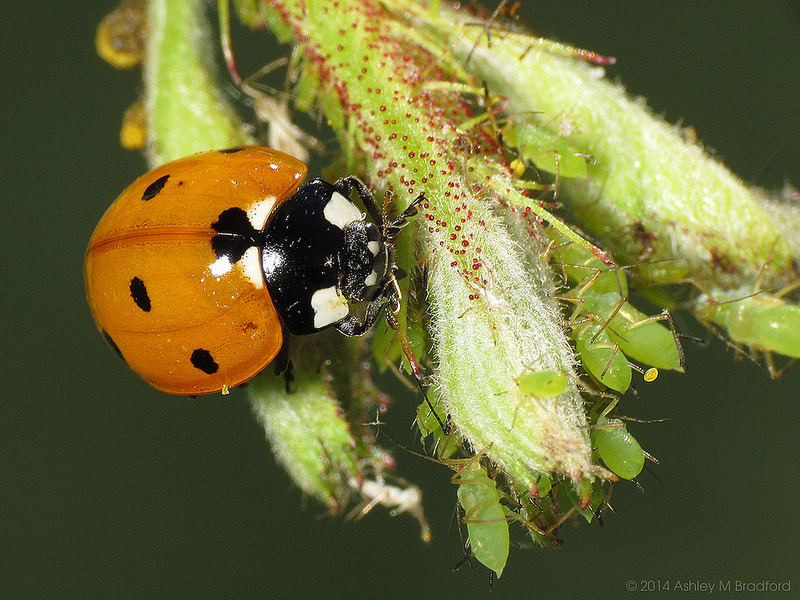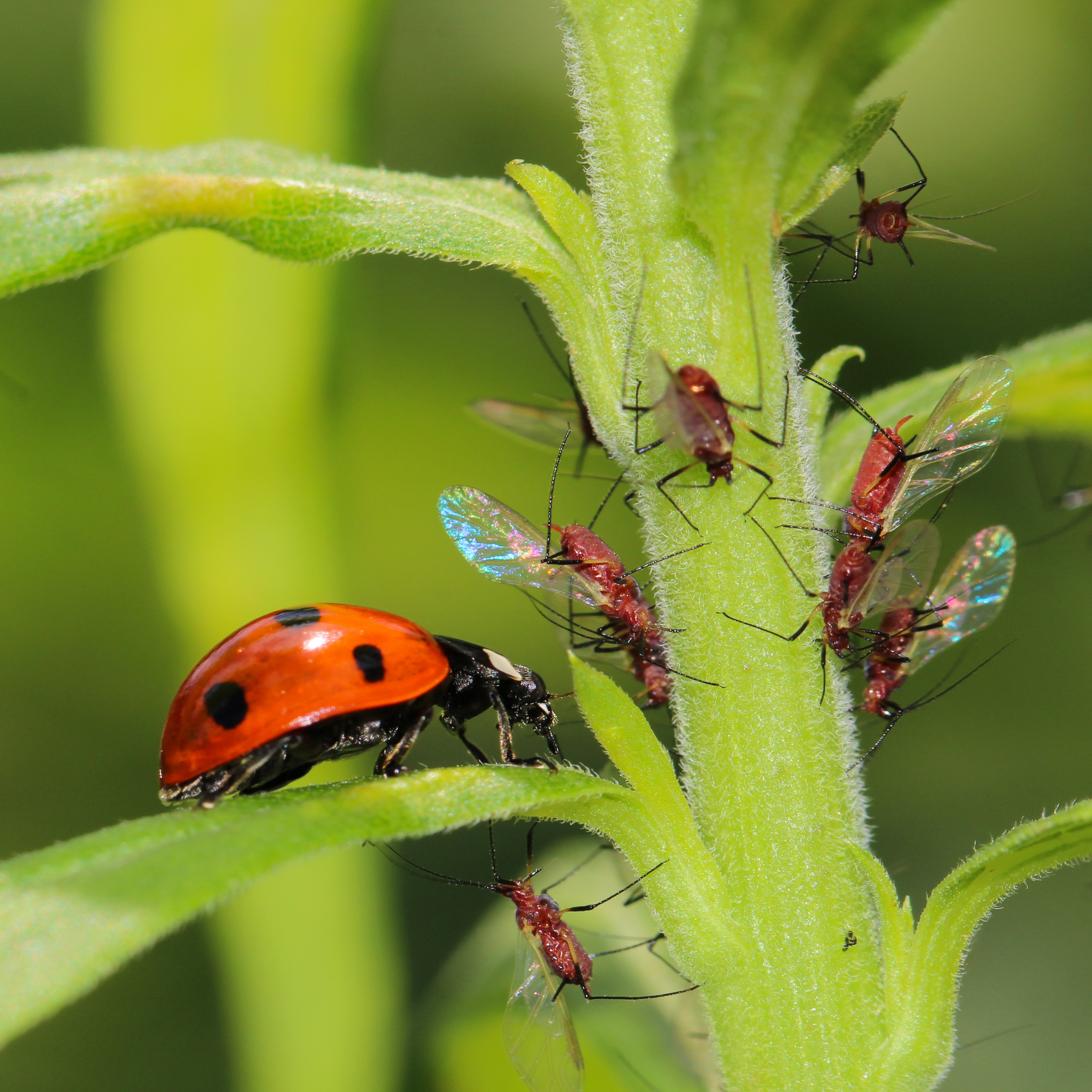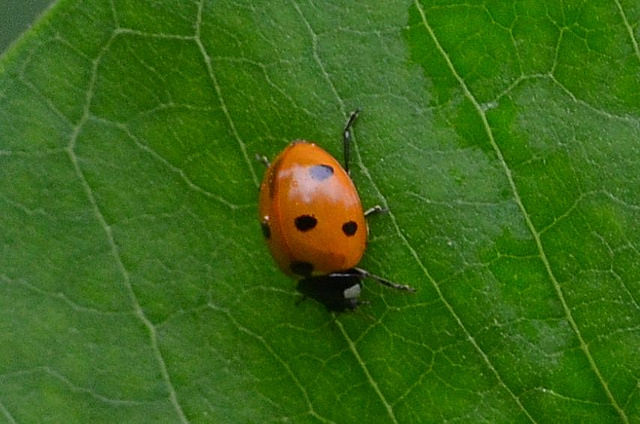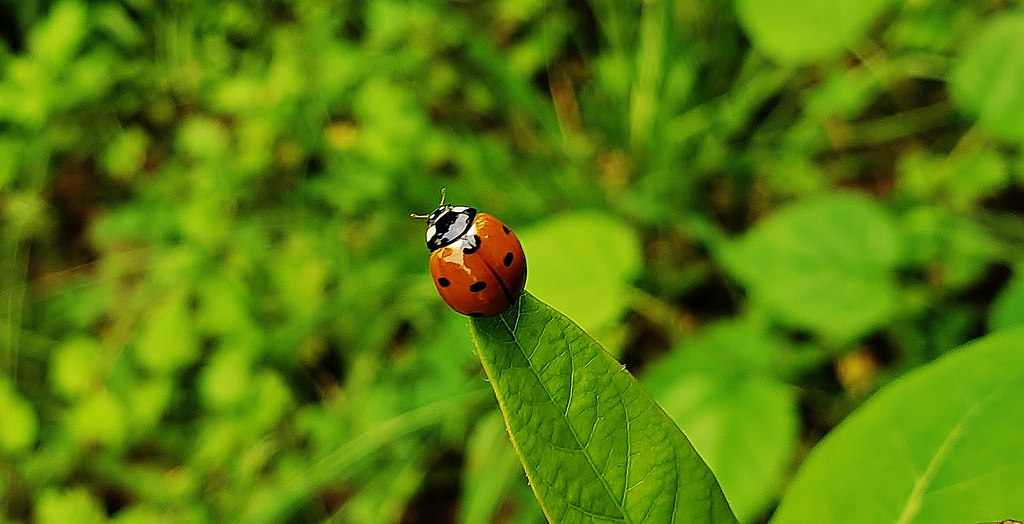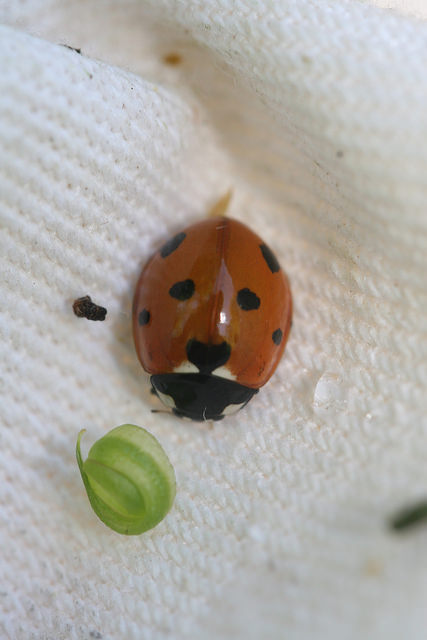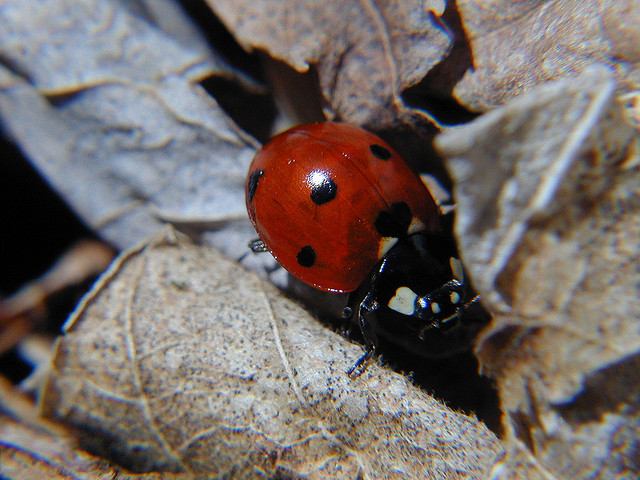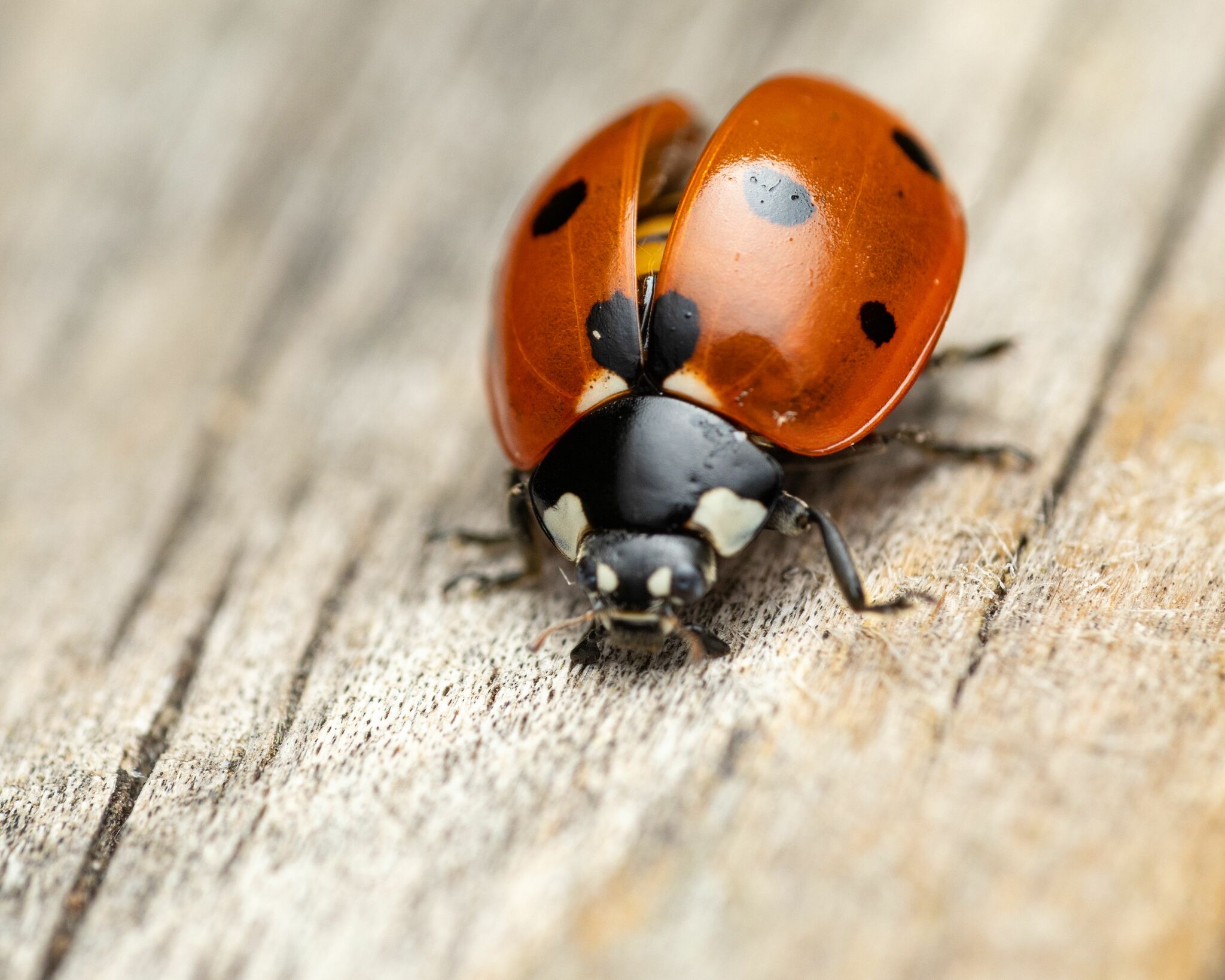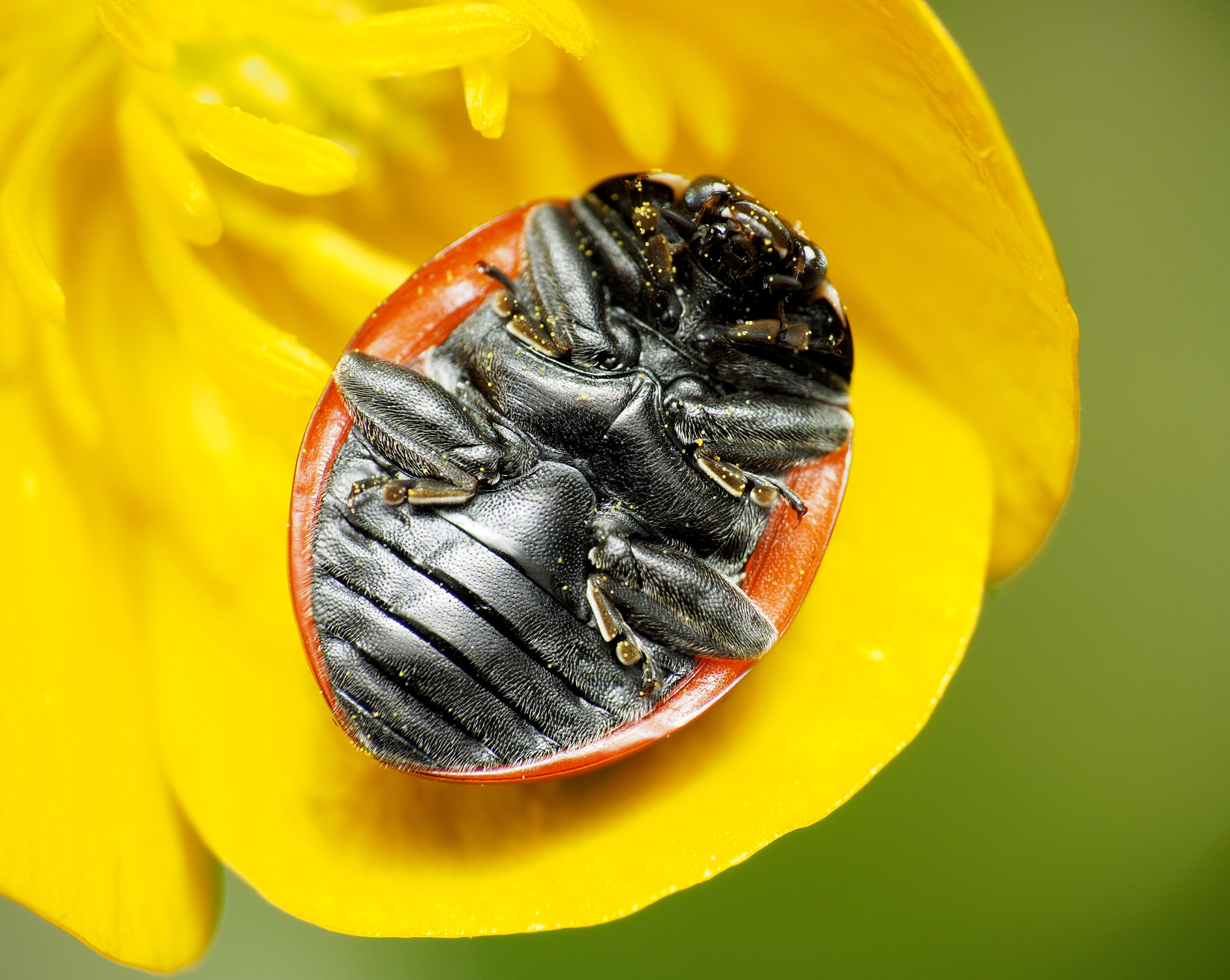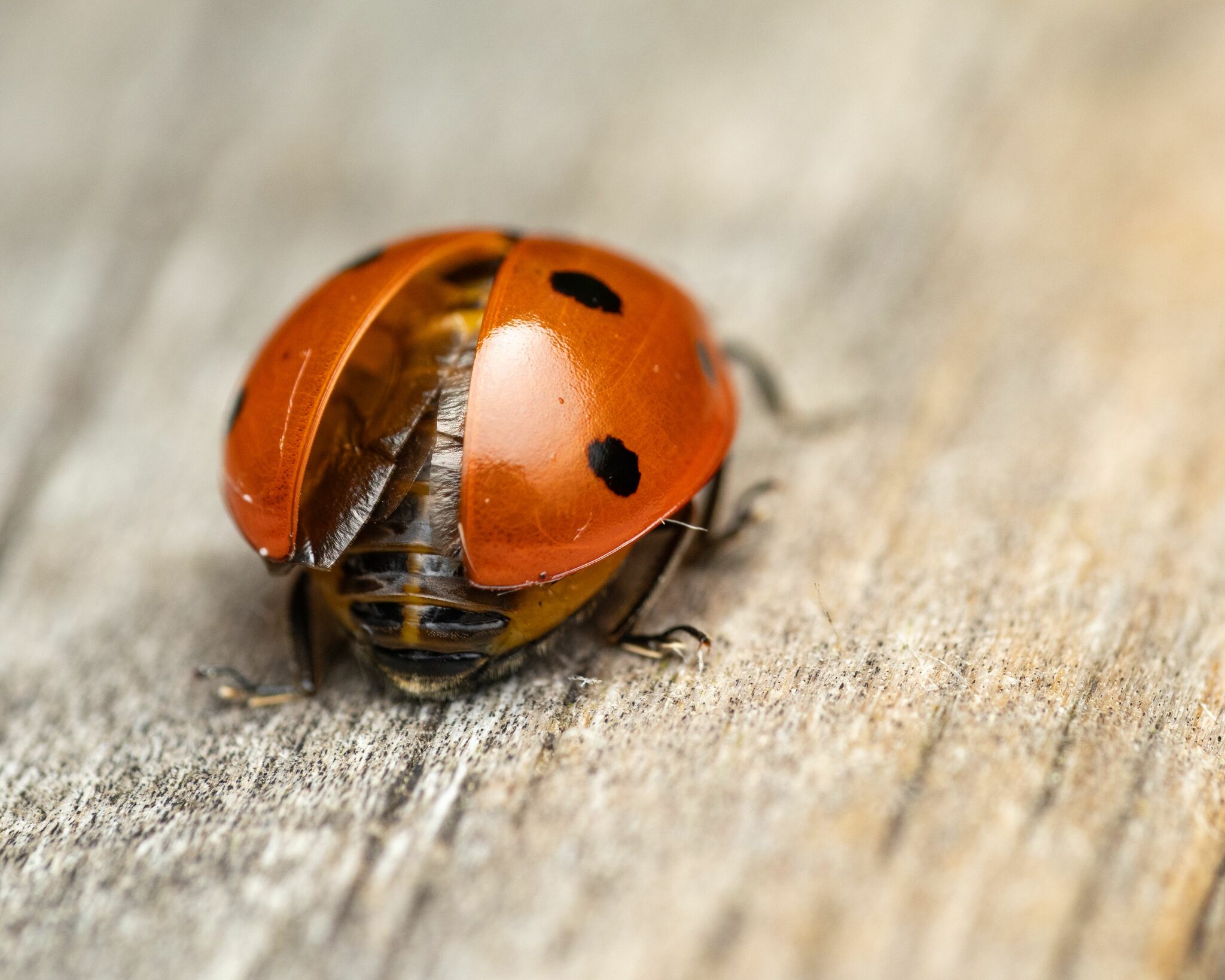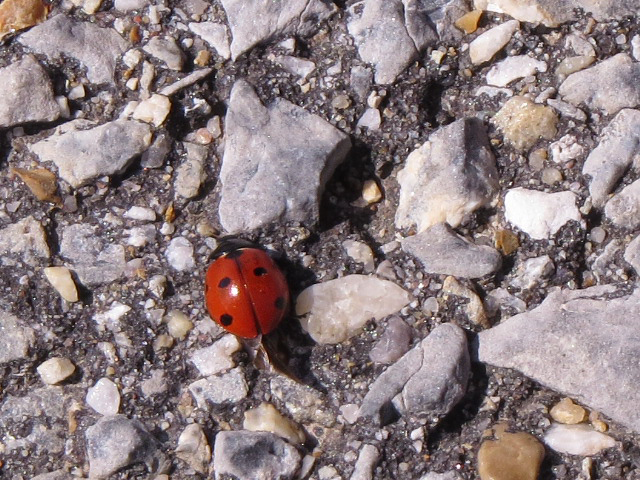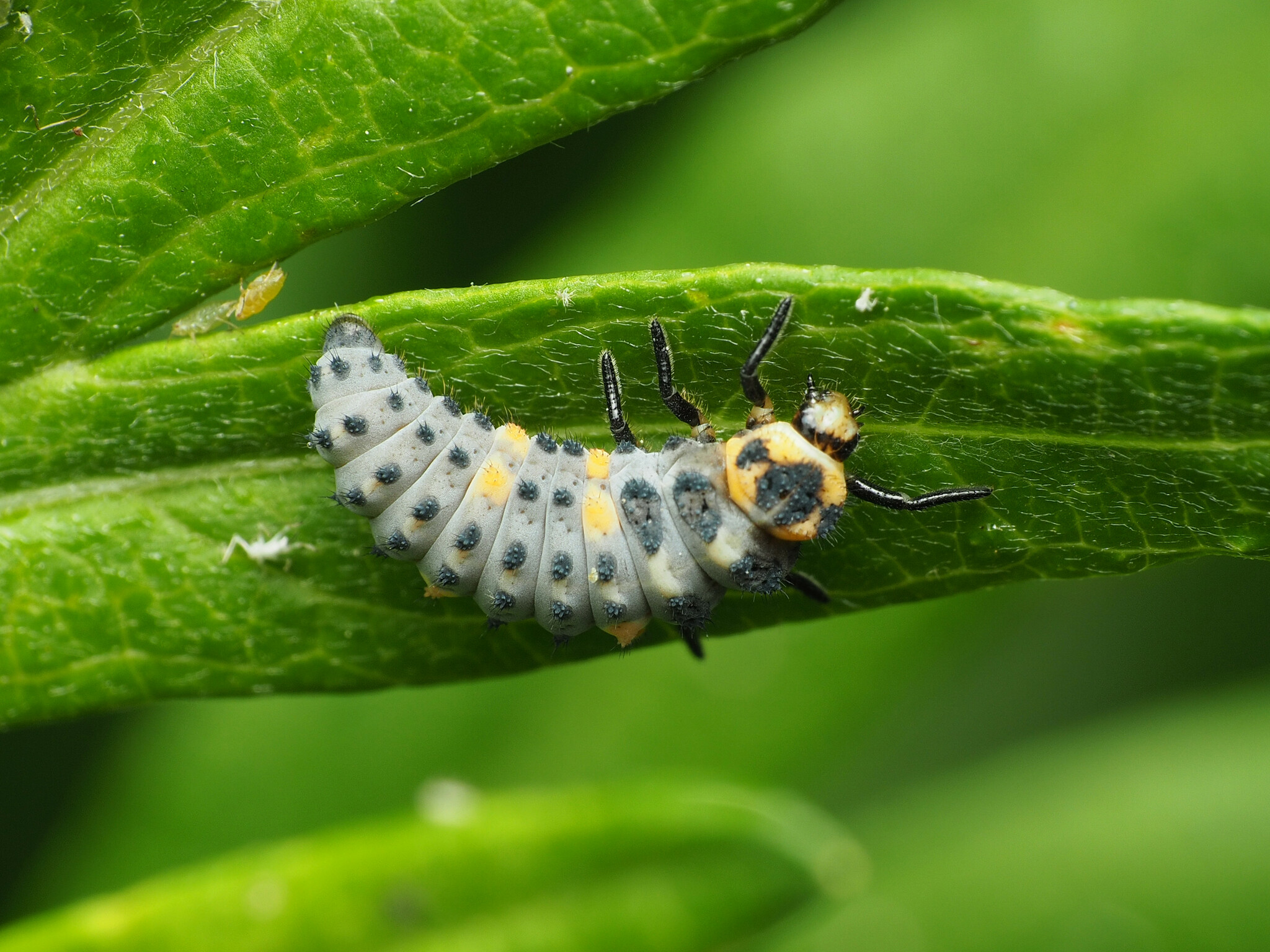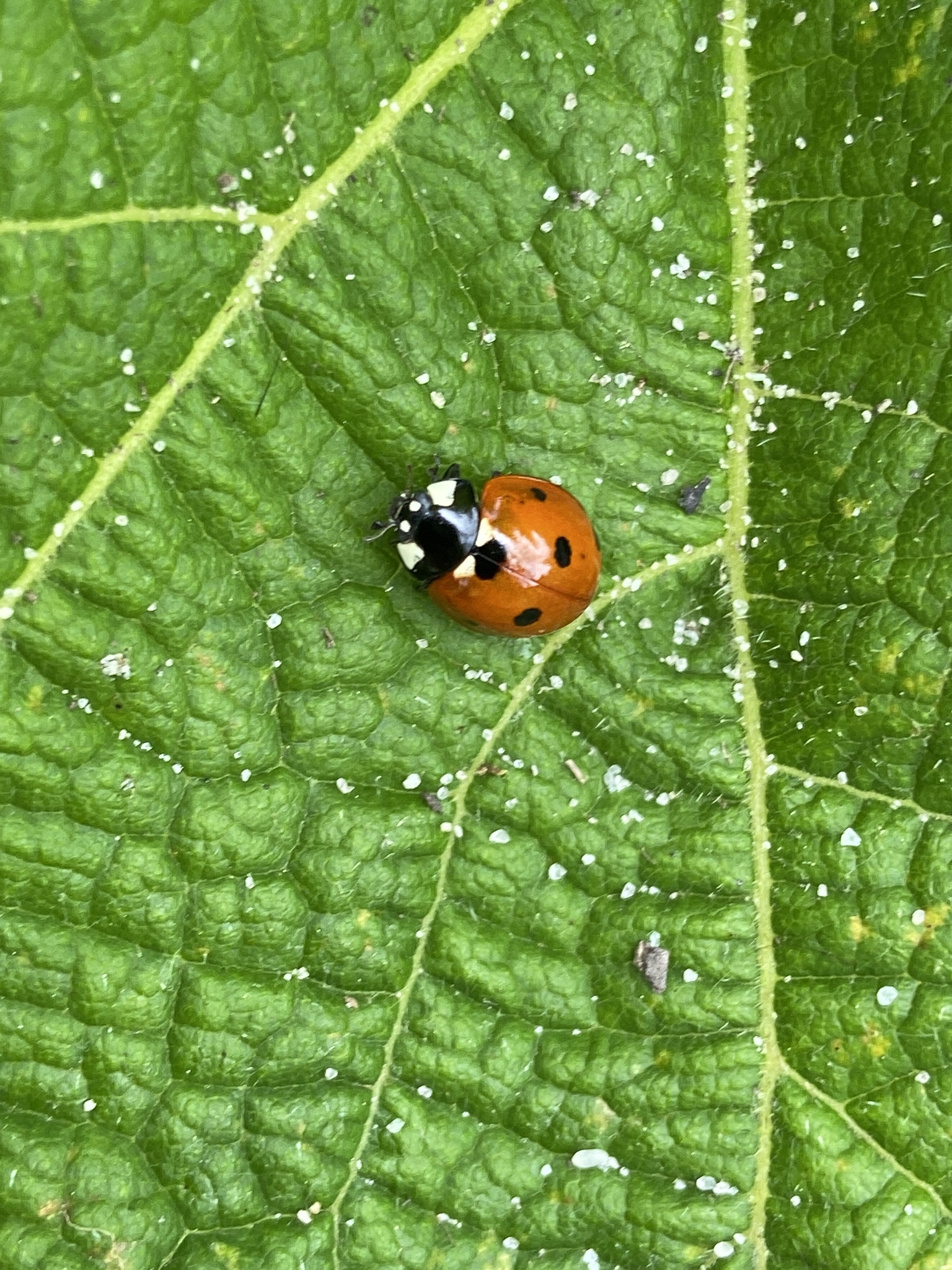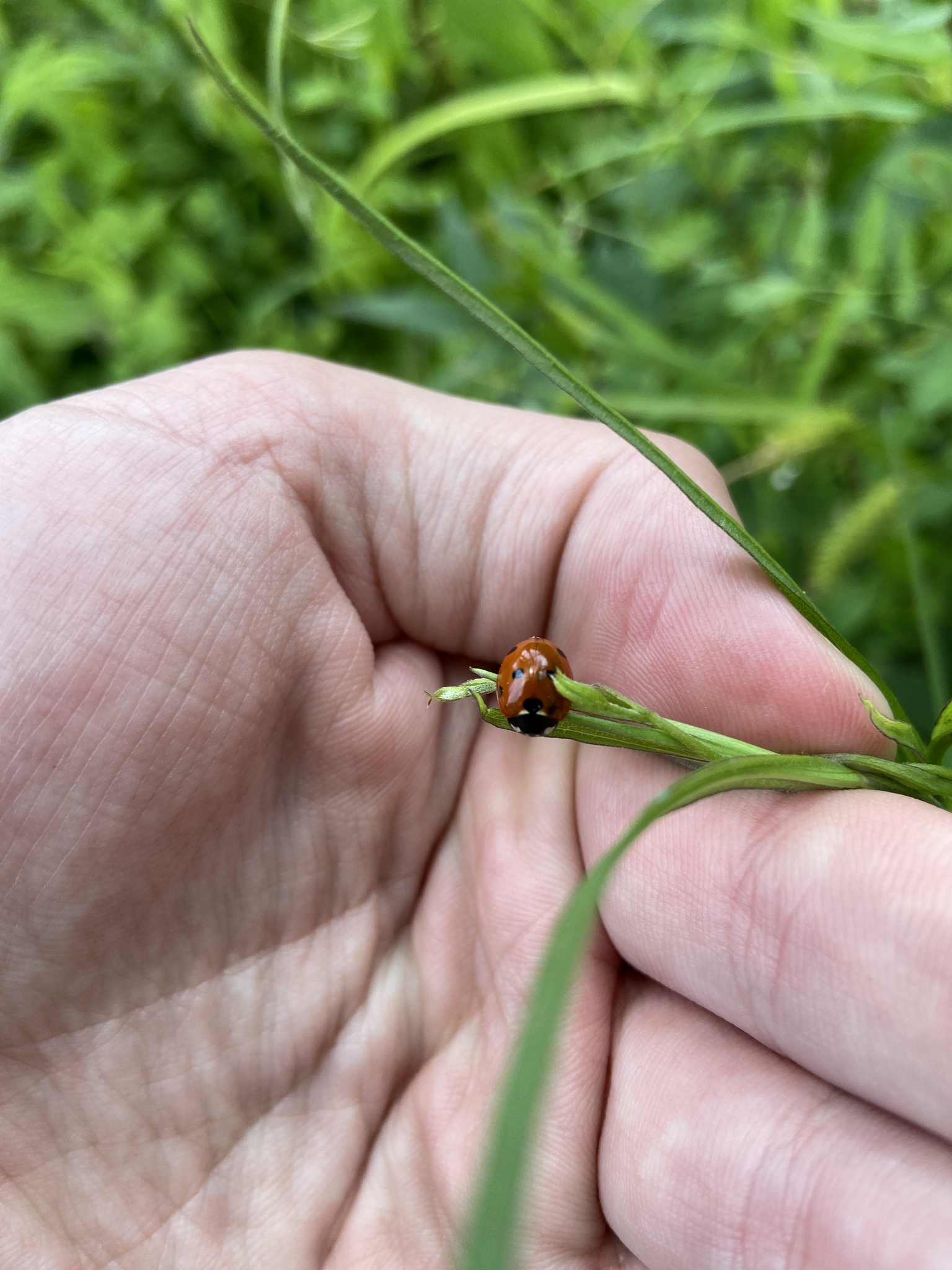Map Snapshot

























756 Records
Seasonality Snapshot
Source: Wikipedia
| Coccinella septempunctata | |
|---|---|
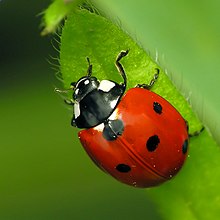
| |
| Scientific classification | |
| Domain: | Eukaryota |
| Kingdom: | Animalia |
| Phylum: | Arthropoda |
| Class: | Insecta |
| Order: | Coleoptera |
| Suborder: | Polyphaga |
| Infraorder: | Cucujiformia |
| Family: | Coccinellidae |
| Genus: | Coccinella |
| Species: | C. septempunctata
|
| Binomial name | |
| Coccinella septempunctata | |
Coccinella septempunctata, the common ladybug, the seven-spot ladybird (or, in North America, seven-spotted ladybug or "C-7"[1]), is a carnivorous beetle native to the Old World and is the most common ladybird in Europe. The beetle is also found in North America, Central and Eastern Asia and regions with a temperate climate.[citation needed] Its elytra are of a red colour, but each punctuated with three black spots, with one further spot being spread over the junction of the two, making a total of seven spots, from which the species derives both its common and scientific names (from the Latin septem = "seven" and punctus = "spot").
Biology
[edit]
Although C. septempunctata larvae and adults mainly eat aphids, they also feed on Thysanoptera, Aleyrodidae, on the larvae of Psyllidae and Cicadellidae, and on eggs and larvae of some beetles and butterflies.[2] They breed one or two generations per year. Adults overwinter in ground litter in parks, gardens and forest edges and under tree bark and rocks.
C. septempunctata has a broad ecological range, generally living wherever there are aphids for it to eat.[3] This includes, amongst other biotopes, meadows, fields, Pontic–Caspian steppe, parkland, gardens, Western European broadleaf forests and mixed forests.
In the United Kingdom, there are fears that the seven-spot ladybird is being outcompeted for food by the harlequin ladybird.[4]
-
Mating
-
Larva
An adult seven-spot ladybird may reach a body length of 7.6–12.7 mm (0.3–0.5 in). Their distinctive spots and conspicuous colours warn of their toxicity, making them unappealing to predators. The species can secrete a fluid from joints in their legs which gives them a foul taste. A threatened ladybird may both play dead and secrete the unappetising substance to protect itself.[5] The seven-spot ladybird synthesizes the toxic alkaloids, N-oxide coccinelline and its free base precoccinelline; depending on sex and diet, the spot size and coloration can provide some indication of how toxic the individual insect is to potential predators.[6]
Distribution
[edit]
The species can be found in Europe, North Africa, Australia, Cyprus, European Russia, the Caucasus, Siberia, the Russian Far East, Belarus, Ukraine, Moldova, the Transcaucasia, Kazakhstan, Middle Asia, Western Asia, Middle East, Afghanistan, Mongolia, China, North and South Korea, Pakistan, Nepal, North India, Japan, Sri Lanka, southeast Asia, and tropical Africa.[7]
Interaction with humans
[edit]Biological control, introductions, and infestations
[edit]The species has been repeatedly introduced to North America as a biological control agent to reduce aphid numbers.[8] The first record of successful establishment (after numerous failed attempts to introduce the species) in the United States was in 1973. It has since spread by natural dispersion to New York and Connecticut and to Oklahoma, Georgia and Delaware by recolonization.[clarification needed][citation needed]
In North America, this species has outcompeted many native species, including other Coccinella. Massive swarms of C. septempunctata took place in the drought summer of 1976 in the UK.[9] The species has undergone significant declines on the island of Malta, yet it is unclear whether this decline has occurred at the same rate elsewhere.[3]
In culture
[edit]C. septempunctata has been designated the national insect of Finland.[10] In the United States, it is also the official state insect of five different states (Delaware,[11] Massachusetts, New Hampshire, Ohio, and Tennessee).
References
[edit]- ^ "Coccinella septempunctata (Linnaeus,1758:365). Seven-spotted lady beetle; Seven-spotted ladybug". Discover Life. Retrieved 29 November 2010.
- ^ Savoiskaya, G.I., Coccinellid Larvae (Coleoptera, Coccinellidae) of the Fauna of the USSR (Nauka, Leningrad Branch, Leningrad, 1983) (Keys to the Fauna of the USSR, Published by the Zoological Institute of the Academy of Sciences of the USSR, No. 137) [in Russian].
- ^ a b Schembri, Patrick J.; Baldacchino, Alfred E. (2011). Ilma, Blat u Hajja: Is-Sisien tal-Ambjent Naturali Malti (in Maltese). Malta University Press. pp. 81–82. ISBN 978-99909-44-48-8.
- ^ Ben Quinn (7 November 2006). "Home-grown ladybirds put to flight by alien invasion". The Daily Telegraph. Archived from the original on 7 March 2008. Retrieved 19 July 2021.
- ^ "Ladybugs". National Geographic. National Geographic Society. 10 September 2010. Archived from the original on 22 June 2017. Retrieved 10 August 2019.
- ^ J. Blount; H. Rowland; F. Drijfhout; J. Endler; R. Inger; J. Sloggett; G. Hurst; D. Hodgson; M. Speed (2012). "How the ladybird got its spots: effects of resource limitation on the honesty of aposematic signals". Functional Ecology. 26 (2): 1–9. Bibcode:2012FuEco..26..334B. doi:10.1111/j.1365-2435.2012.01961.x. hdl:10536/DRO/DU:30047055.
- ^ N. B. Nikitsky and А. S. Ukrainsky, 2016 The Ladybird Beetles (Coleoptera, Coccinellidae) of Moscow Province ISSN 0013-8738. Entomological Review, 2016, Vol. 96, No. 6, pp. 710–735 ISSN 0013-8738 online pdf
- ^ "Seven-spotted Lady Beetle: Vermont Atlas of Life". val.vtecostudies.org. Retrieved 6 December 2022.
- ^ Parkinson, Justin (5 March 2016). "Could the ladybird plague of 1976 happen again?". BBC News Magazine. Archived from the original on 16 October 2016.
- ^ "Hyödyllisiä ja harmillisia". oppiminen.yle.fi (in Finnish). 5 September 2006. Retrieved 27 February 2023.
- ^ "Title 29 - Chapter 3. State Seal, Song and Symbols". delcode.delaware.gov. Retrieved 9 December 2022.
External links
[edit] Media related to Coccinella septempunctata at Wikimedia Commons
Media related to Coccinella septempunctata at Wikimedia Commons Data related to Coccinella septempunctata at Wikispecies
Data related to Coccinella septempunctata at Wikispecies


